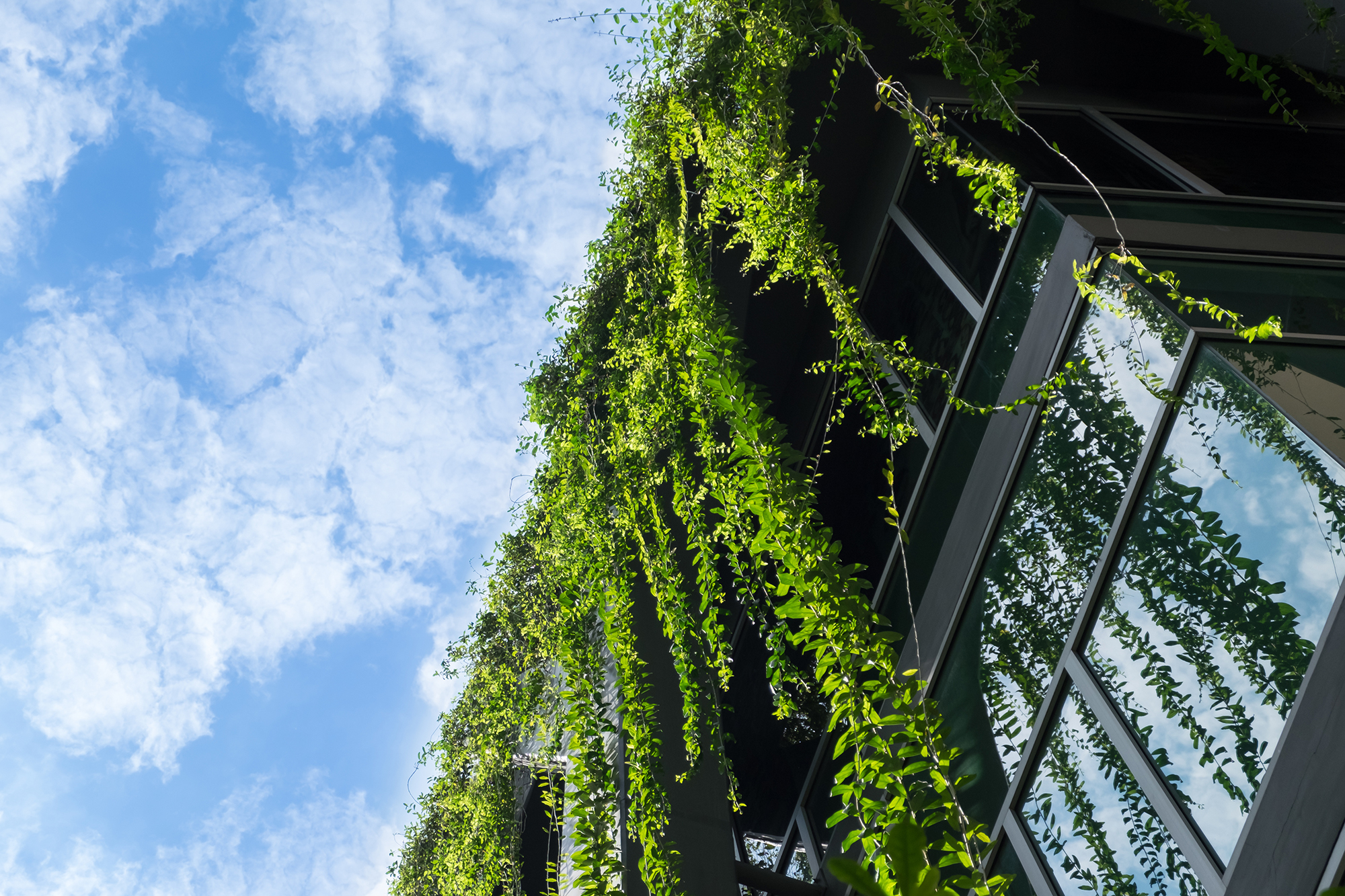Window innovators are working to protect the environment with a new generation of windows that will add comfort in our homes and help the planet.
Happy Earth Day! One of the best ways to protect our environment is to use less energy, and efficient windows aren’t just something that makes your home more comfortable. They play a crucial role in conserving our energy resources and helping us all lighten our environmental footprint. According to experts, modern and efficient windows are one of the best investments you can make. The great news is that they’re going to be even better at it soon.
The main job of our parent company, the National Fenestration Rating Council, is to rate windows for their energy efficiency. The ratings displayed on the labels affixed to new windows make it easy for consumers to compare products. But NFRC is also a platform for the window industry as a whole, bringing together manufacturers, scientists, and entrepreneurs to talk about the future and the amazing ideas in development: windows that double as solar panels, for example, and windows that can change tint levels on demand. They could also have invisible gels inside them to boost performance. Window folks are making it happen, and in a recent webinar, NFRC featured the work of three of them. I came away excited and impatient for what’s coming.
Three entrepreneurs were featured: Chris Angelo of Glass Dyenamics, Veeral Hardev of Ubiquitous Energy, and Aaron Baskerville-Bridges of Aeroshield.
Angelo’s Glass Dyenamics is developing a tinted glass that can change colors as needed to optimize a home’s energy efficiency. The windows can be controlled through a mobile app or a dimmer switch. In warm climates, the glass can darken slightly in summer, helping to keep unwanted heat out of a home and lowering reliance on air conditioning. In cold climates, the tint can also disappear, allowing more heat to pass through a window. In both cases, the result is an energy-efficient home with lower monthly utility bills.
Several companies provide this kind of glass for commercial buildings, but Glass Dyenamics hopes to be the first to make it widely available for consumers. The company started to take orders for its first products in late 2022, including glass in doors as well as entryways and transoms – the spots around and above a door that sometimes have glass. The offering will expand from there to include home windows, Angelo said.
Veeral Hardev of Ubiquitous Energy took the podium next to talk about transparent solar panels. Ubiquitous Energy is not the only company working on merging solar panels and windows into one product, because the impact would be massive: having windows moonlight as energy-generating machines would be a huge boost to sustainability, especially for glass-covered skyscrapers. But one big challenge is making solar cells that are clear and invisible, so the windows can still do their original job: letting people see outside.
Ubiquitous Energy’s product offers transparency by using the principle of selective absorption – the energy harvested to generate electricity comes from solar rays that human eyes cannot see, so consumers won’t notice. The technology isn’t widely available yet, but Ubiquitous Energy is working with the window manufacturer Anderson Corp. to develop it into a product available to all, Hardev said.
Aaron Baskerville-Bridges of Aeroshield had the last word at the seminar. He and fellow innovators are focused on packing current double-pane windows with more insulating power. Windows cannot provide as much protection against the elements as walls do because they aren’t filled with a thick layer of insulation. But double-pane windows have a space between them, and they can be filled with something to close that gap. In existing windows, that filler material is typically a safe, non-toxic gas such as argon or krypton. You can read more about that technology here, on the Gas Fills section of our site.
Aeroshield wants to improve on that solution with a transparent coating that can be applied to the inside surface of the inner pane of a double-glazed window, Baskerville-Bridges said. It can be applied at different thicknesses, from about a tenth of an inch to almost a third of an inch. Insulating power increases with thickness, but the gel still remains invisible. This gel is unavailable yet, but the company is testing the material to ensure it lives up to its promise before selling it to window manufacturers.
Check back with us often – the exciting innovations Angelo, Hardev, Baskerville-Bridges, and others develop offer glimpses at a better future for Earth, and for us, with homes that are more comfortable as well as more efficient. We’ll talk to more of these entrepreneurs soon, and I look forward to sharing the best of their work with you.
Happy Earth Day!
